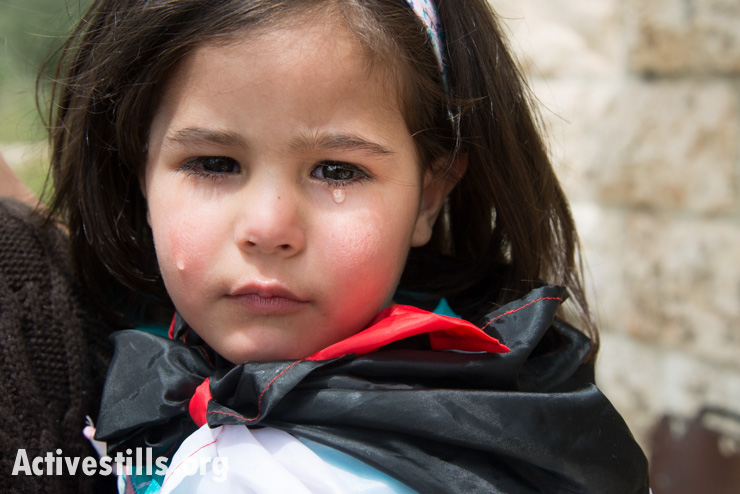The death of a 45-year-old woman in Aida Refugee Camp exposes the ongoing abuse of crowd control weapons that all too often become lethal in the hands of Israeli forces.
Text and photos by: Ryan Rodrick Beiler/Activestills.org
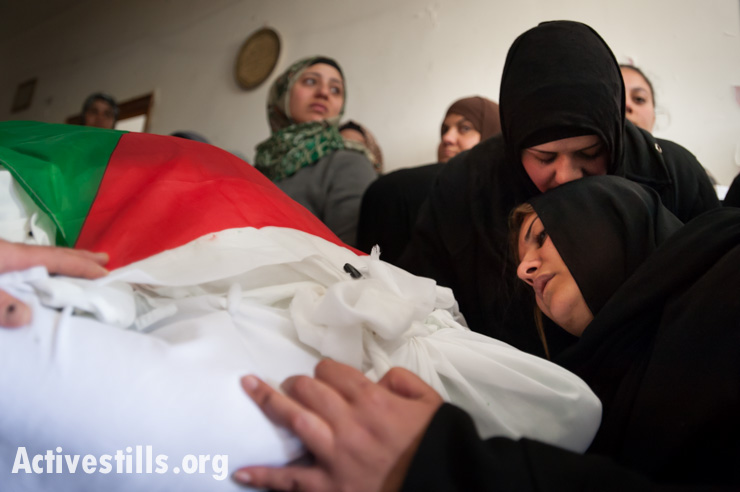
Family and neighbors buried Noha Katamish the day after she died from the effects of tear gas fired into her home by Israeli forces in Aida Refugee Camp Monday. The 45-year-old mother of one daughter suffered from asthma, which likely compounded the choking effects of the gas grenade that was fired through her living room window as soldiers invaded the camp.
Ma’an News quoted an Israeli military spokesperson as saying that, “The death was not linked to the use of riot dispersal means by the army, including tear gas.” It is unclear how the military could make such a definitive statement before any investigation was possible.
The military systematically misuses tear gas and other crowd control weapons according to a B’Tselem report, which states that Israeli forces, “often fire tear-gas grenades directly at demonstrators with the aim of hitting them, or fire carelessly, without ensuring that demonstrators are not in the direct line of fire, in direct contravention of regulations.”
The night Katamish died, the military also employed rubber-coated steel bullets, stun grenades and the so-called “skunk truck” which uses a water cannon to spray foul-smelling liquid that leaves a weeks-long stench behind. Many attending the funeral kept their noses covered because of the lingering effects of the skunk water.
The Katamish home is near the top of a hill in the southwest corner of Aida Camp, usually far from the clashes that frequently erupt on the opposite side of the camp at the Israeli separation wall that snakes into Bethlehem in order to surround Rachel’s Tomb. In recent weeks, Israeli forces have been invading deeper into the camp, sometimes making arrests, other times fighting cat-and-mouse battles with camp youth who face rubber-coated steel bullets and even live ammunition with stones and slingshots.
Katamish’s funeral procession brought her body across the camp to the cemetery that would include Rachel’s Tomb if not for the wall. The clashes that often erupt in the adjacent streets are typically in response to events in other parts of Palestine—such as “Operation Pillar of Cloud” that killed 167 Gazans in 2012, or Palestinian deaths at the hands of Israeli forces elsewhere in the West Bank or confrontations with Israeli police at the Al-Aqsa Mosque. Youth typically throw rocks or the occasional Molotov cocktail—though few get close enough for their projectiles to clear the 9-meter (30-foot) wall.
On several occasions in Aida Camp and elsewhere, Israeli snipers have illegally opened fire with live ammunition at stone-throwers, sometimes as a first resort—before any other crowd-control means were employed. Soldiers also frequently enter the camp for arrest raids, house searches or merely to assert their presence—often provoking further clashes.
Katamish is the first fatality from clashes in Aida Camp since January 2013, when Salih Amarin was shot in the head with live ammunition by an Israeli sniper atop the wall at Rachel’s Tomb. Katamish was buried in a tomb next to Amarin.
A recent report by Arutz Sheva cited army sources as saying that since the wall isn’t high enough to protect Rachel’s Tomb, they were considering building a roof over the site. In the meantime, Israeli forces seem to be relying on the systematic abuse of potentially lethal crowd control weapons to pacify the camp, with an ongoing pattern of devastating results.

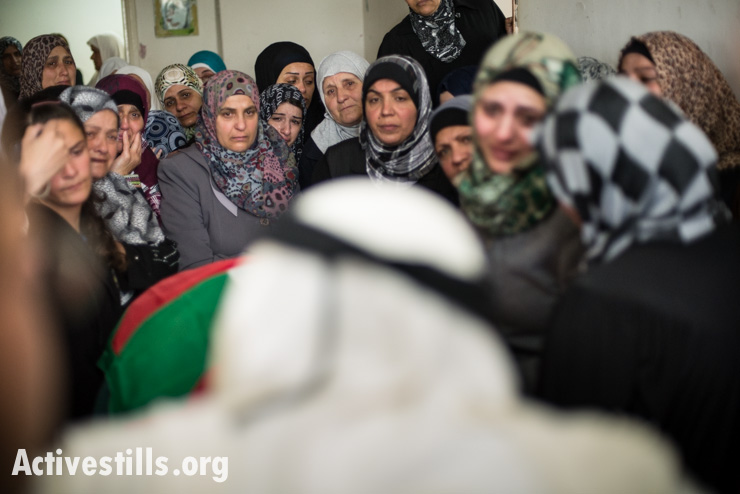
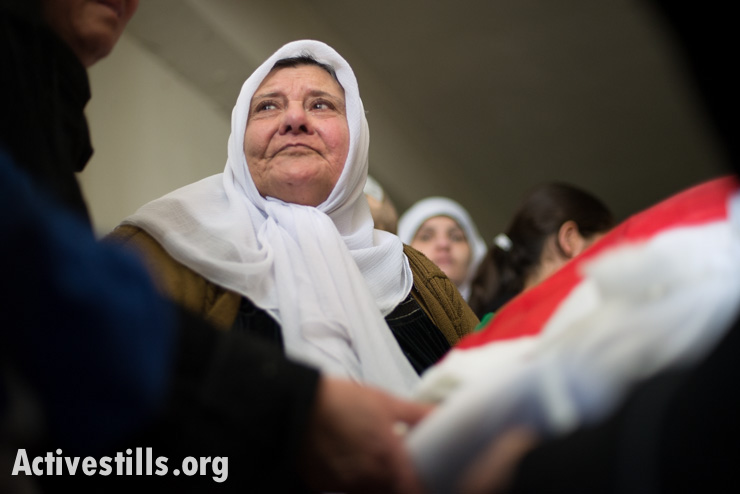
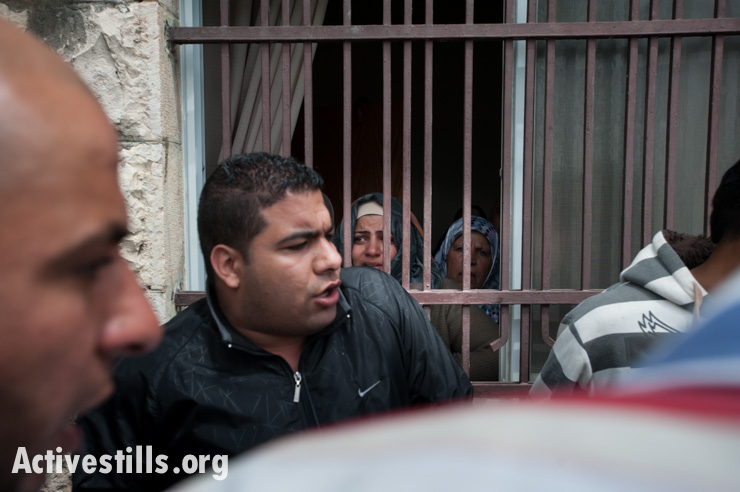
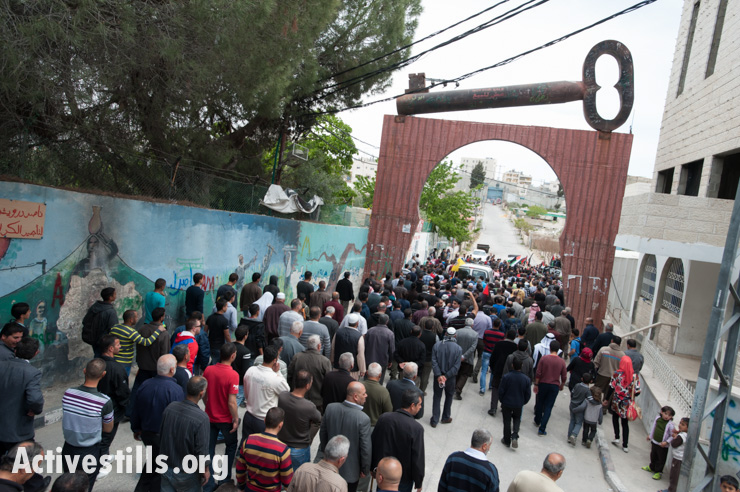
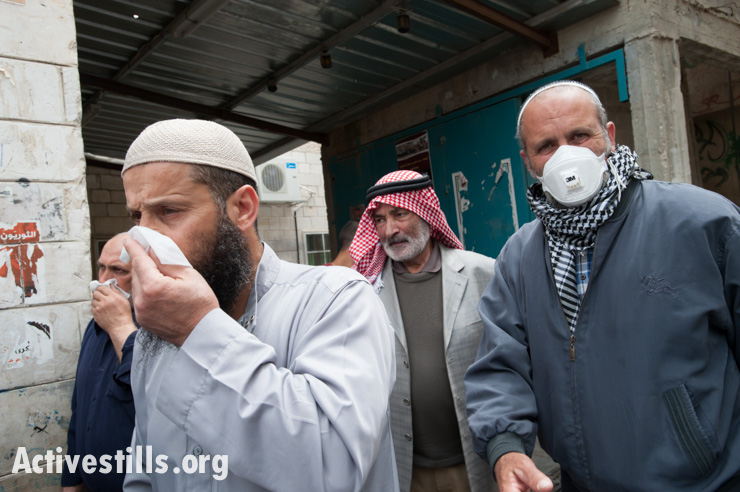
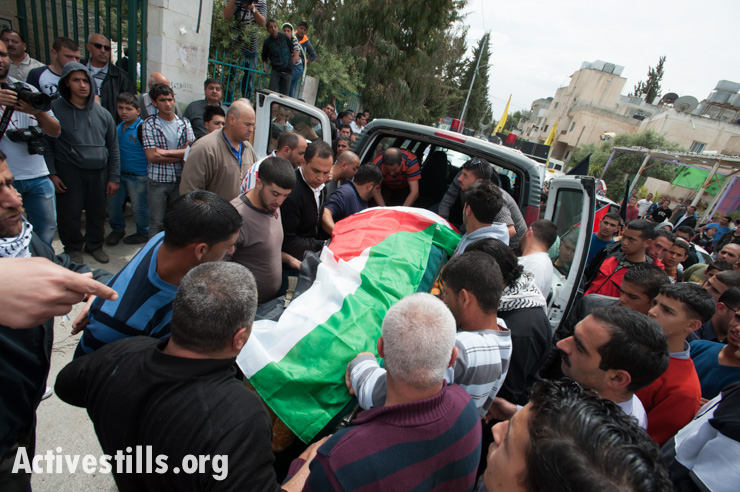
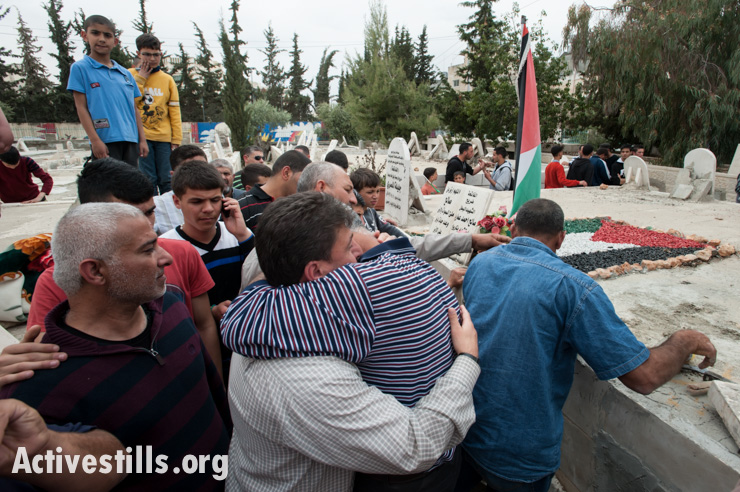
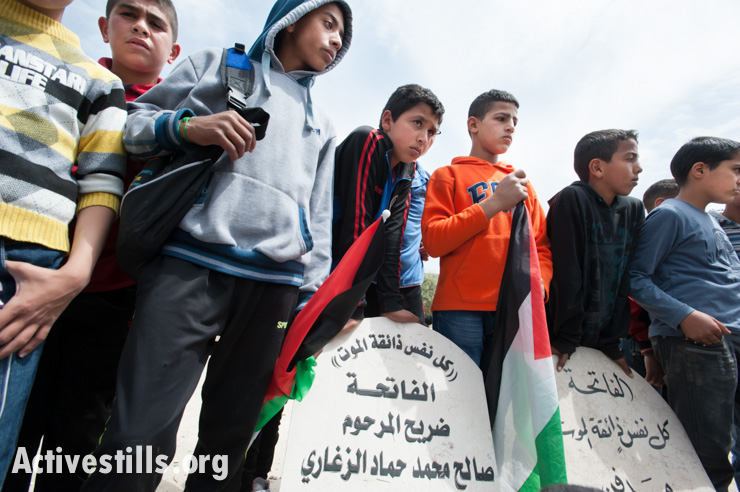


Read more:
Poisoned by tear gas in the comfort of their own home
Elderly Palestinian man dies after alleged tear gas inhalation


